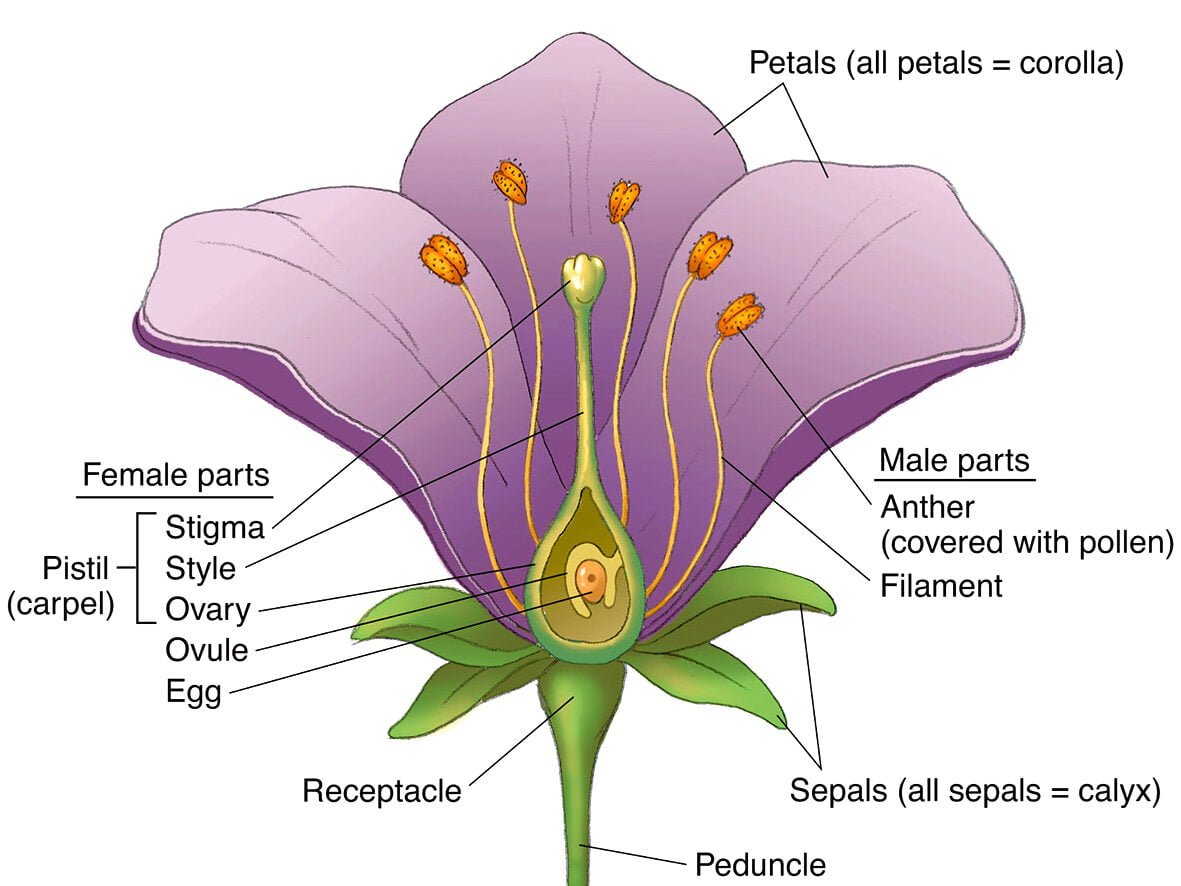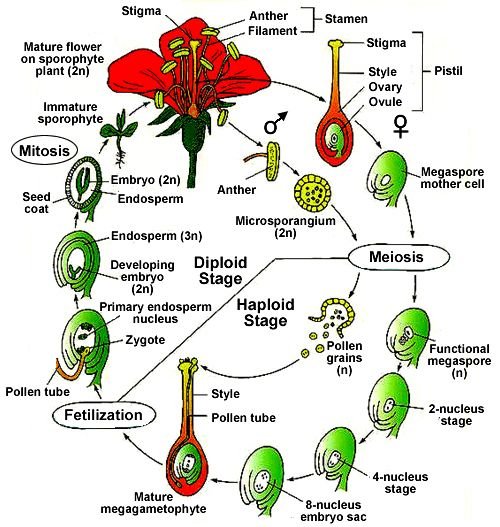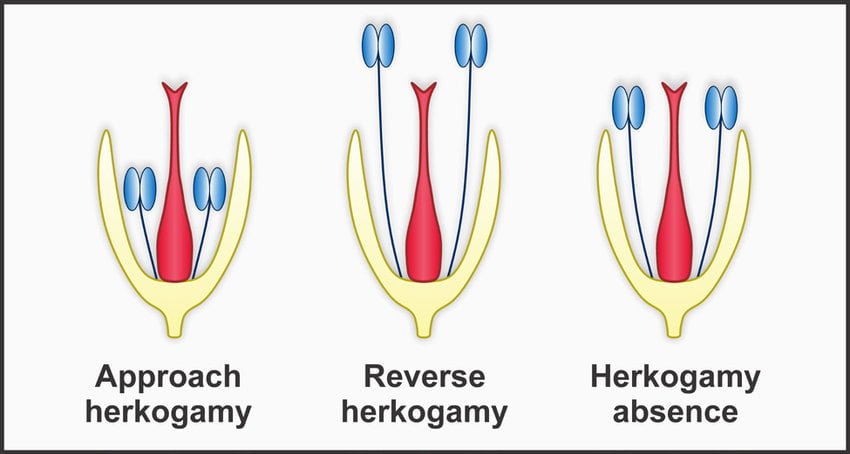
Current electricity class 12 notes: Electric Current
Unit 2Understanding the flow of electric charge and its fundamental principles
What is Electric Current?
Electric current is the flow of electric charge through a conductor. It is one of the most fundamental concepts in electricity and forms the basis for all electrical circuits and devices.
Definition
The electric current (I) is defined as the rate of flow of electric charge through a cross-section of a conductor.
Where:
I = Electric current (Amperes)
Q = Charge (Coulombs)
t = Time (seconds)
Practical Understanding
In metals, electric current is carried by free electrons. In electrolytes, it’s carried by both positive and negative ions. The direction of conventional current is opposite to the flow of electrons.
Conventional current vs electron flow
Types of Electric Current
Direct Current (DC)
- Flows in one direction only
- Magnitude remains constant with time
- Produced by batteries, solar cells, DC generators
- Used in most electronic devices
Alternating Current (AC)
- Periodically reverses direction
- Magnitude varies sinusoidally with time
- Produced by AC generators
- Used for power transmission and household electricity
Measurement and Units
| Quantity | Symbol | Unit | Unit Symbol |
|---|---|---|---|
| Electric Current | I | Ampere | A |
| Charge | Q | Coulomb | C |
| Time | t | Second | s |
Important Relationships
Where n = number of electrons, e = charge on one electron (1.6 × 10-19 C)
Numerical Problems
Problem 1
Calculate the current when 2.5 × 1016 electrons pass through a cross-section of a conductor in 8 seconds.
Solution:
Given:
- Number of electrons (n) = 2.5 × 1016
- Time (t) = 8 s
- Charge on one electron (e) = 1.6 × 10-19 C
Step 1: Calculate total charge (Q)
Step 2: Calculate current (I)
Problem 2
A current of 3 A flows through a conductor. Calculate the number of electrons passing through a cross-section of the conductor in 1 minute.
Solution:
Given:
- Current (I) = 3 A
- Time (t) = 1 minute = 60 s
- Charge on one electron (e) = 1.6 × 10-19 C
Step 1: Calculate total charge (Q)
Step 2: Calculate number of electrons (n)
Practice Problems
Problem 1
A wire carries a current of 2.5 A. How much charge flows through the wire in 30 seconds?
Problem 2
If 6.25 × 1018 electrons flow through a circuit in 5 seconds, what is the current produced?
Problem 3
Calculate the time required for 4 × 1016 electrons to pass through a point in a wire carrying a current of 8 mA.
Problem 4
A current of 1.5 A flows through a conductor. How many electrons will pass through a cross-section of the conductor in 2 minutes?
Problem 5
A steady current of 0.5 A flows through a wire. How long does it take for 3 × 1020 electrons to pass through a fixed point in the wire?
Key Points to Remember
- Electric current is a scalar quantity (though it has direction, it doesn’t follow vector addition rules)
- The SI unit of current is Ampere (A)
- Conventional current direction is opposite to electron flow direction
- Current is measured using an ammeter, which is connected in series in a circuit
- In metals, current is due to flow of free electrons
- In electrolytes, current is due to flow of both positive and negative ions
Next Topic: Flow of Electric Charges in a Metallic Conductor
In the next section, we’ll explore how electric charges flow in metallic conductors and the concept of drift velocity.
Continue to Next Topic →


